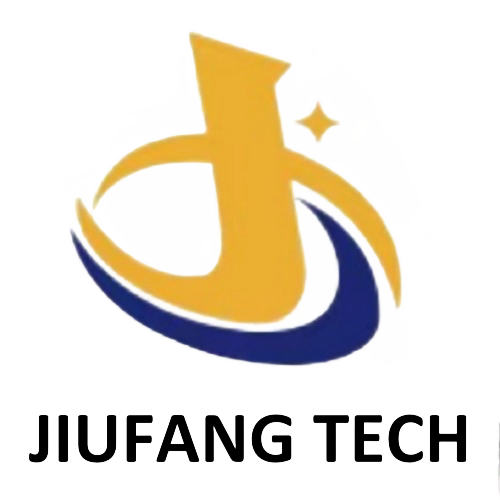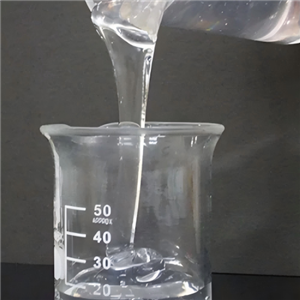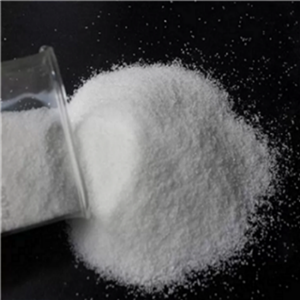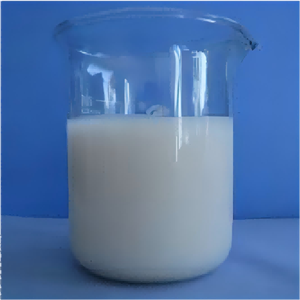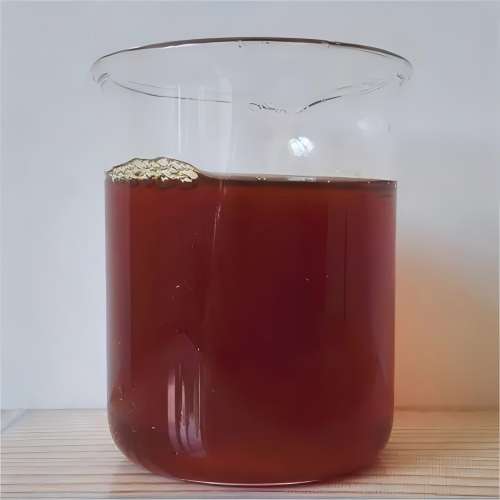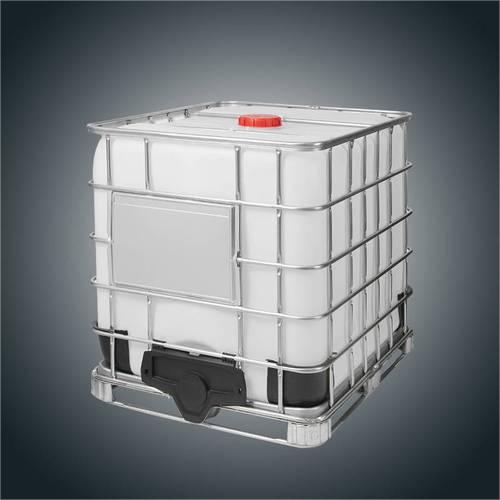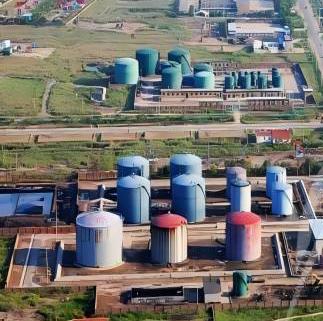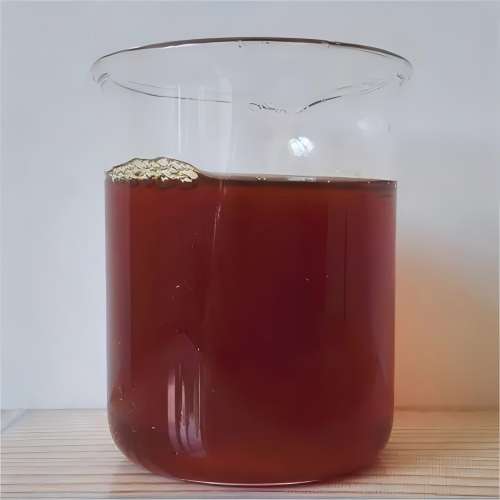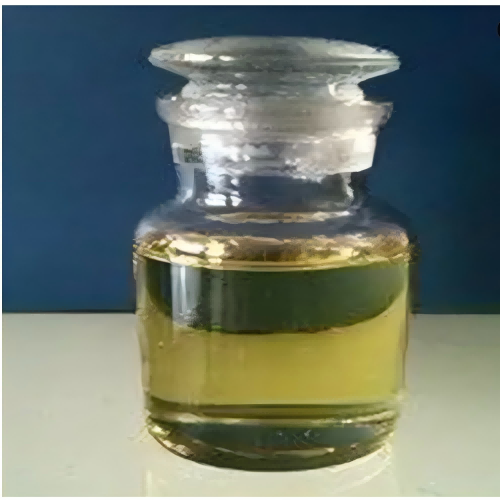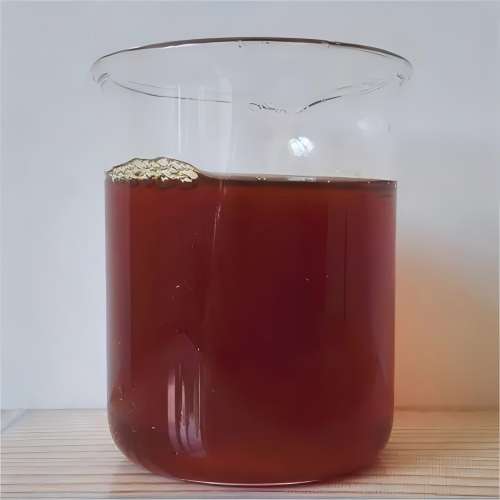
Reverse Demulsifier
Brand Shenyang Jiufang
Product origin China
Delivery time Lead time: 7days
Supply capacity 10000MT/Year
Reverse demulsifier work by destabilizing the emulsion, causing the separation of the two liquids.
The reverse demulsifier of Jiufang TECH (Reverse demulsifier manufacturer)have passed the reverse demulsifier third party report and are now applying to be qualified supplier in Middle east Market.
Download
1.Characteristics and Treatment Challenges of Oily Sludge
Oily sludge is a kind of hazardous waste generated during the process of oil exploitation, refining, storage and transportation. It is mainly composed of water, oil and solid particles.
The characteristics of reverse demulsifier are as follows:
--Complex composition: Oily sludge contains a variety of organic and inorganic substances, such as crude oil, heavy metals, and sediment.
--High stability: Due to emulsification, oil, water and solid particles are closely combined to form a stable emulsification system, which is difficult to separate.
--Highly hazardous: Oily sludge not only occupies a large amount of land resources, but also the harmful substances in it will cause serious pollution to the soil, water and atmosphere. The main challenge in treating oily sludge lies in how to effectively demulsify and achieve the separation of oil, water and solid particles. Traditional treatment methods such as landfill and incineration are not only costly but also prone to causing secondary pollution.
2.The role of reverse demulsifier in oily sludge is mainly reflected in the following aspects:
1) Destruction of emulsification structure.
The emulsified oil in oily sludge is stably formed by the natural emulsifiers (such as colloids and asphaltenes) adsorbed on the surface of oil droplets. Reverse demulsifier for oily sludge can compete with natural emulsifiers to adsorb on the surface of oil droplets, change the surface properties of oil droplets, reduce the interfacial tension and destroy the emulsification structure. Such as: some oily sludge reverse demulsifier can destroy the interfacial film of emulsified oil through electrostatic interaction and steric hindrance effect, causing the oil droplets to aggregate and separate.
2) Promotion of oil-water stratification.
Reverse demulsifier for oily sludge can reduce the affinity between oil and water interface, making it easier for oil and water to separate. At the same time, oily sludge reverse demulsifier can also promote the sedimentation of solid particles and improve the separation effect. Such as: During the treatment of oily sludge, after adding reverse demulsifier for oily sludge, through stirring or standing, oil, water and solid particles will gradually stratify, facilitating the subsequent separation treatment.
3) Improvement of dehydration efficiency.
The water in oily sludge usually exists in the form of bound water and free water. Oily sludge reverse demulsifier can convert bound water into free water and improve the dehydration efficiency. Such as: Some reverse demulsifier for oily sludge with strong hydrophilicity can combine with the water in oily sludge to form a water phase that is easy to separate, thereby reducing the moisture content of oily sludge.
3.Application Methods and Processes
1) Reverse demulsifier for oily sludge can be applied to oily sludge by direct addition, spraying or soaking. The specific application method should be determined according to the nature and treatment requirements of oily sludge. Such as: for large-scale oily sludge treatment, the method of directly adding oily sludge reverse demulsifier to the sludge can be adopted and then the oily sludge reverse demulsifier and the sludge can be fully mixed by stirring or pumping; For small-scale oily sludge treatment, methods such as spraying or soaking can be adopted to make the oily sludge reverse demulsifier better contact with the sludge.
2) Common processes of reverse demulsifier for oily sludge treatment include physicochemical treatment methods, biological treatment methods and combined treatment methods. The physicochemical treatment method mainly combines chemical agents such as oily sludge reverse demulsifier and flocculants with physical methods (such as centrifugation, filtration and sedimentation) to achieve the separation of oil, water and solid particles. Such as: First, add oily sludge reverse demulsifier to the oily sludge for demulsification treatment and then separate the oil, water and solid particles through centrifugal separation.
The biological treatment method is to use microorganisms to degrade and transform the organic matter in oily sludge to achieve the purpose of purification. During the biological treatment process, reverse demulsifier for oily sludge can be added to improve the degradation efficiency of microorganisms on oil. Such as: After mixing the oily sludge reverse demulsifier, specific microbial flora are inoculated and the oil is decomposed into harmless substances through the metabolic action of microorganisms. The combined treatment method combines multiple treatment methods to exert their respective advantages and improve the treatment effect of oily sludge. Such as:a combination of physicochemical treatment method and biological treatment method is adopted. First, pretreatment is carried out with chemical agents such as demulsifiers and flocculants, and then deep treatment is carried out using microorganisms to achieve efficient purification of oily sludge.
4.Application Effects and Advantages.
As a reverse demulsifier manufacturer in China, our main product--reverse demulsifier for oily sludge can significantly improve the treatment effect of oily sludge, reduce the moisture content and oil content of oily sludge and improve the recovery rate of oil.Such as: after the treatment of reverse demulsifier for oily sludge, the moisture content can be reduced to less than 30%, the oil content can be reduced to less than 5%, and the recovery rate of oil can reach more than 90%.
| Appearance | Uniform liquid, no impurities |
| Technical data | Reverse demulsifier third party report |
| Density @ 20°C (68°F) | 1.1- 1.25 g/ml (9.51-9.85 lb/gal) |
| Content | >35% |
| Viscosity @ 20°C (68°F) | < 150cp |
| pH (Neat) @ 20°C (68°F) | 3-6 |
| Freezing point | -12°C (10°F) |
| Boiling point | 99 °C (210°F) |
| Closed flash point | ≥93.3 |
| Solubility in water | Soluble,easily dispersible |
